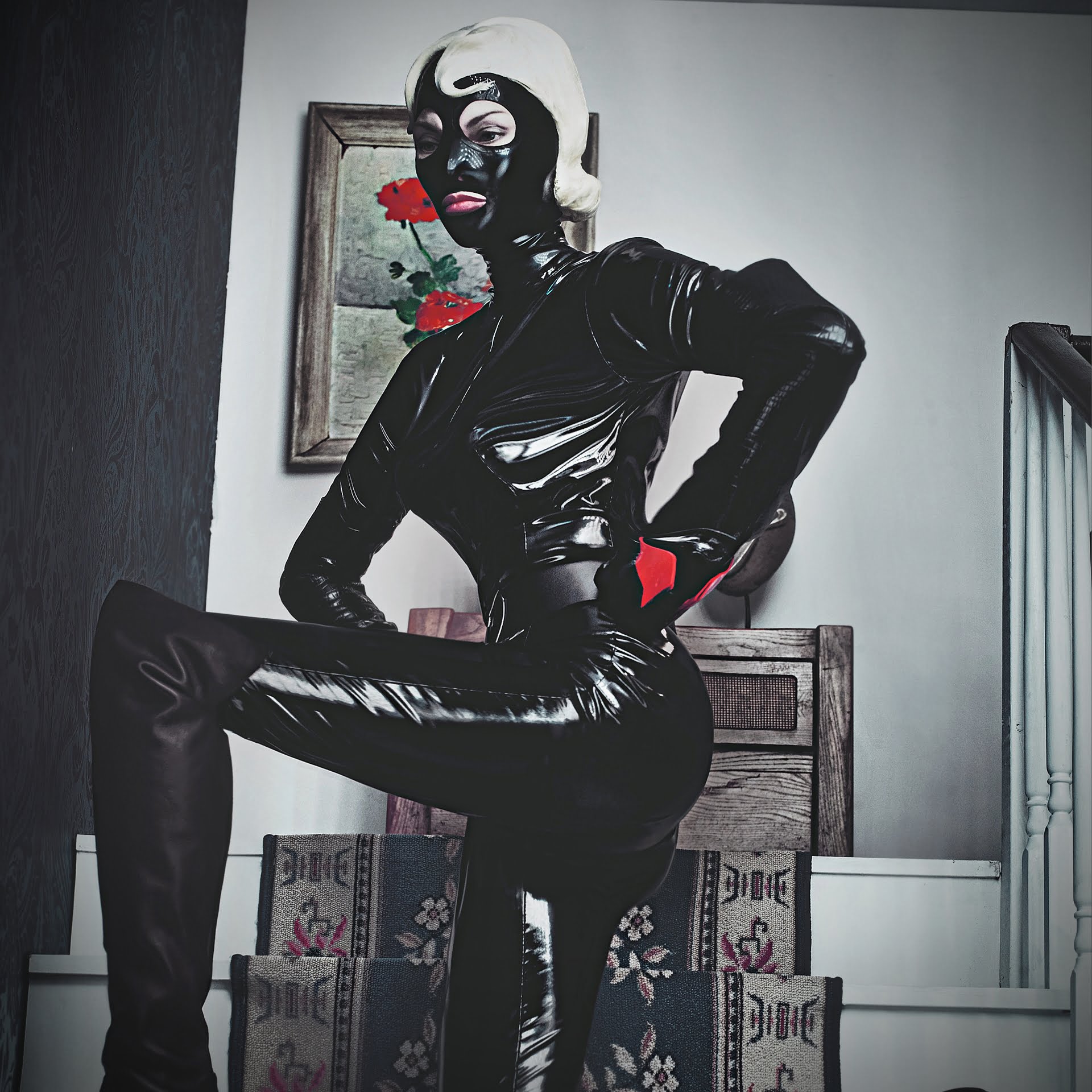Edited and with an essay by Mark Holborn
The first comprehensive monograph of Klein’s photographs, whose subversive and powerful images have captivated viewers globally for decades.
Phaidon is pleased to announce the highly anticipated first monograph by director, videographer and photographer Steven Klein, available this Fall. This monograph is the first to be published of a selection of work by Klein.
In challenging the conventions of the printed page, Steven Klein has created some of the most defining images of our time. The avant-garde images conceived by Klein impress for their power, brutal strength and fetishism, as a result of his deep insight and surgically meticulous approach. Through a vast range of work, Klein has developed a singular visual language that is at once eerie, violent, irritating, disturbing, and, miraculously, beautiful and compelling. Klein’s images demand that viewers confront the questions that they provoke.
In the introductory essay, Mark Holborn sets the stage by describing the series that opens and closes the book, ‘Death Kit YSL,’ which Klein made during enforced lockdown. Holborn uses this notable YSL collaboration as an example to how a singular image builds into one, cohesive narrative. The story, according to Holborn’s introduction is a murder-filled movie:
You will find more than mere suggestions of something
you’ve never dreamed of. Steven Klein’s work is explicit as well as suggestive. We are presented with fiction that is simultaneously of our time, a response to the exterior world, and a display of the working of his imagination. We are offered a psychological map, if not a fully declared self-portrait.
Holborn elegantly situates Klein’s images and Klein’s own psychological landscape. The essay is both biographical and speculative, revealing how Klein thinks of his camera as a weapon, himself a voyeur – obsessive and predatory. For both the subjects and viewer, the realization of his pursuit intentionally evokes pure terror or pleasure. “To open this book is to enter criminal territory,” Holborn writes, “here, the police are busy. Transgression, too, has its allure.”
Over the course of 450 pages, the book unfolds like a film narrative with scenes of gender fluidity, self-harm, gun flaunting, pyromania, murder, arrests, car crashes, body contortions, and genital display. These reoccurring motifs exist as standalone vignettes, but also as a sequence of images feeding off each other, slowly building towards one overwhelming, climatic drama. By the end of the book, all the different threads of Klein’s creative life come to a resolution. His photo series conveyed epic narratives, mostly subversive, in which movement and static elements are explored and merged.
More than 280 reproduced photographs showcase Klein’s creations and illuminate a part of his expansive, singular vision. A figure on the world’s artistic stage, Klein pushes the boundaries of traditional fashion photography and expands its presence in the worlds of art and culture. Klein’s lens utilizes fashion as a raw material and uses it as one of many components to construct his narratives. By doing so, he blurs preexisting borders and creates something wholly and radically new. Klein is a long-time collaborator with Vogue and works with houses such as Tom Ford, Calvin Klein, and Alexander McQueen.
Klein’s compositions of his models, actors, famous figures, and a wide swath of disparate subject matter are characterized by an enigmatic sense. The subjects of much of his work are well known – from Madonna and Brad Pitt to Kim Kardashian, Nicole Kidman, Lady Gaga, and Rihanna. Yet, Klein is not defined by fame or celebrity status but rather redefines this subject matter within his own uncanny, sinister visual world. In Klein’s hands, these figures are placed into implied stories that are conceptually complex, sometimes graphic, but always lyrical. With his art education and practice in painting and pottery, Klein’s work is a powerful statement echoing an interdisciplinary understanding of visual art.
STEVEN KLEIN presents a fiction that is both a response to the exterior world and a display of the workings of Klein’s imagination. His photographs are filled with superlative style, the scent of wealth, the threat of danger, and always brief captions. The repeated reinforcement of the book’s structure allows characters, themes, and ideas to appear, vanish, then reappear. A balance is achieved throughout – masculine and feminine, exposed and covered, flesh and metal, human and animal, seduction, and violence.
Bound in a tactile white leatherette featuring the tipped-on cover image Killer Heels (2014) and debossed type.
Purchase HERE.







